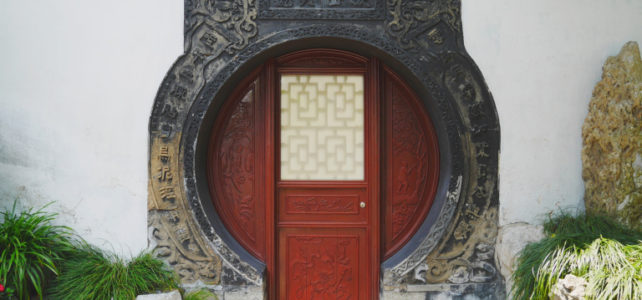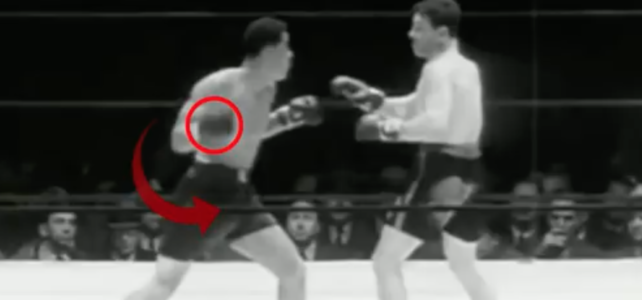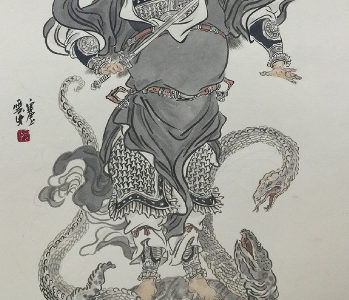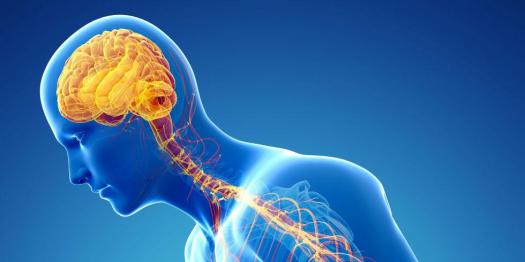Part II of the introduction to the training series “Entering the Door: Understanding and Training the Learned Power of the Chinese Martial Arts.”

Champaign Urbana Taiji Qigong

Part II of the introduction to the training series “Entering the Door: Understanding and Training the Learned Power of the Chinese Martial Arts.”

Part I of the introduction to the video series “Entering the Door: Understanding and Training the Learned Power of the Chinese Martial Arts.”

Background – Summary/Review of Internal Power As detailed in a previous two-part article series, internal power has two components – yin and yang aspects. The yang component is primarily core strength – learning to utilize core musculature to maximize power…

Having examined the mechanisms of internal force (nei jin) in the previous two-part blog entry, we can now take a look at the practice and strategies of taiji (tai chi) as a martial art. This post will be a broad-brush…

In Part I we examined the classical saying “power is released from the spine,” noting how flexion of the spine and core strength are integral mechanisms of “internal” power. This could be described as the “yang” of taiji (tai chi)…